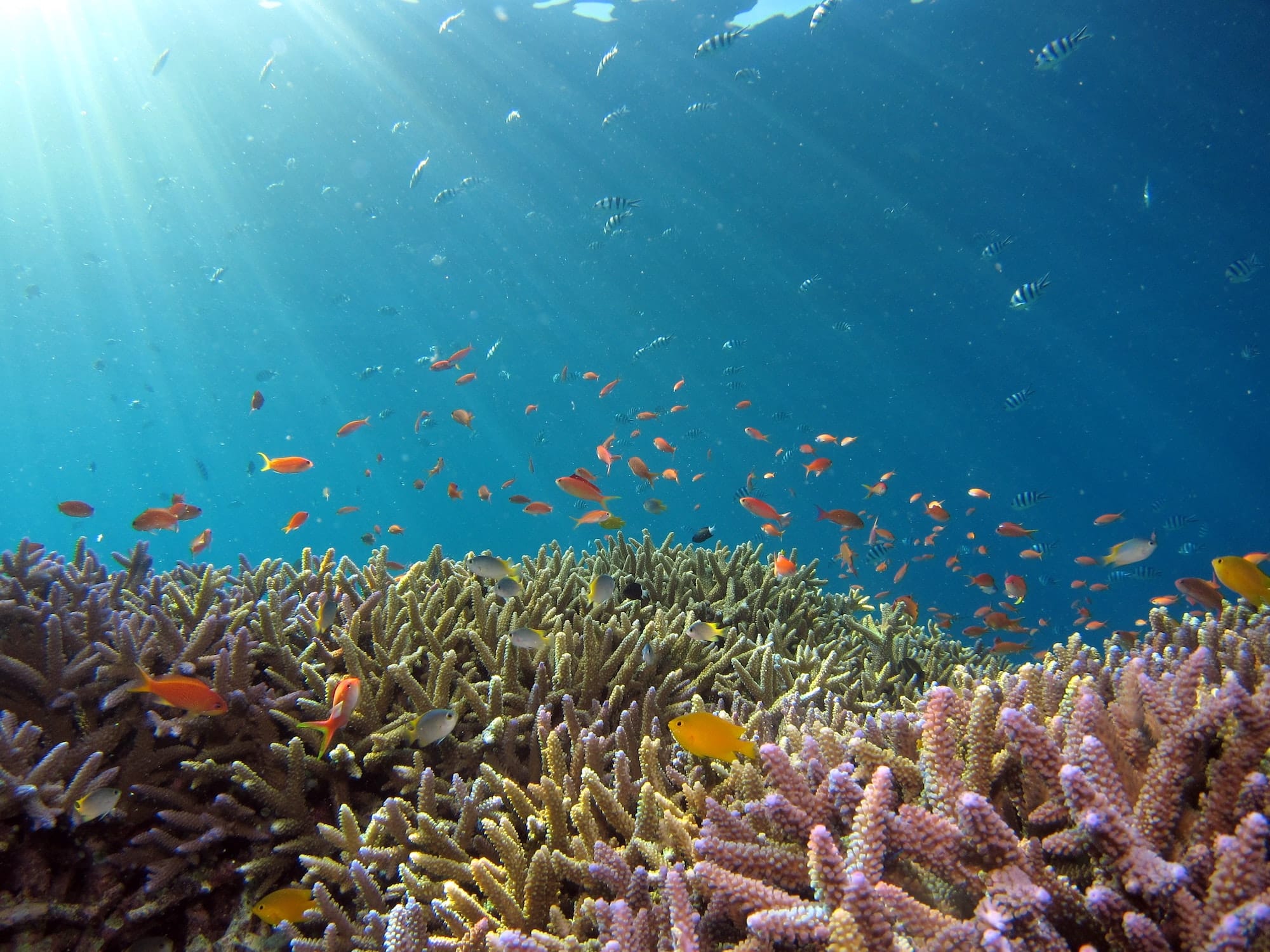
Knowledge Development:
Confined Water Training:
Open Water Training:
Rescue Scenarios:
Final Assessment:
Emergency First Response (EFR) Course:
Certification:
The PADI Rescue Diver course covers a wide range of topics and skills, including:
Self-Rescue Skills:
Recognizing and Managing Stress in Other Divers:
Emergency Management and Equipment:
Assisting Tired or Panicked Divers:
Responding to Diver Emergencies:
In-Water Rescue Skills:
Search and Recovery Techniques (optional):
Certification: Upon successful completion of the PADI Rescue Diver course, you will receive a Rescue Diver certification card, recognizing your advanced diving skills and ability to respond to diving emergencies. This certification does not expire but is recommended to be periodically refreshed through additional training.
Benefits:
The PADI Rescue Diver course is an exciting and challenging program that helps divers become more proficient, safety-conscious, and prepared for unexpected situations while diving. It also instills a strong sense of responsibility for the safety and well-being of fellow divers.

Morning:
Afternoon: 4. Stress and Rescue exercises: Discuss stress in divers and practice stress recognition and management techniques.
Morning:
Afternoon: 4. Towing exercises: Learn how to tow tired or unresponsive divers safely.
Morning:
Afternoon: 3. Rescue scenarios: Participate in a series of realistic rescue scenarios, both on the surface and underwater.
Morning:
Afternoon: 2. Practical assessments: Demonstrate proficiency in rescue skills and scenarios.
Please note that this itinerary is a general guideline, and the specific schedule and order of activities may vary. It’s essential to check with the dive shop or training center where you plan to take the course for their specific course itinerary, including any additional details or requirements. Additionally, local conditions, such as water temperature and weather, may influence the scheduling of open water training sessions.
Explore the underwater world of Netrani Island
